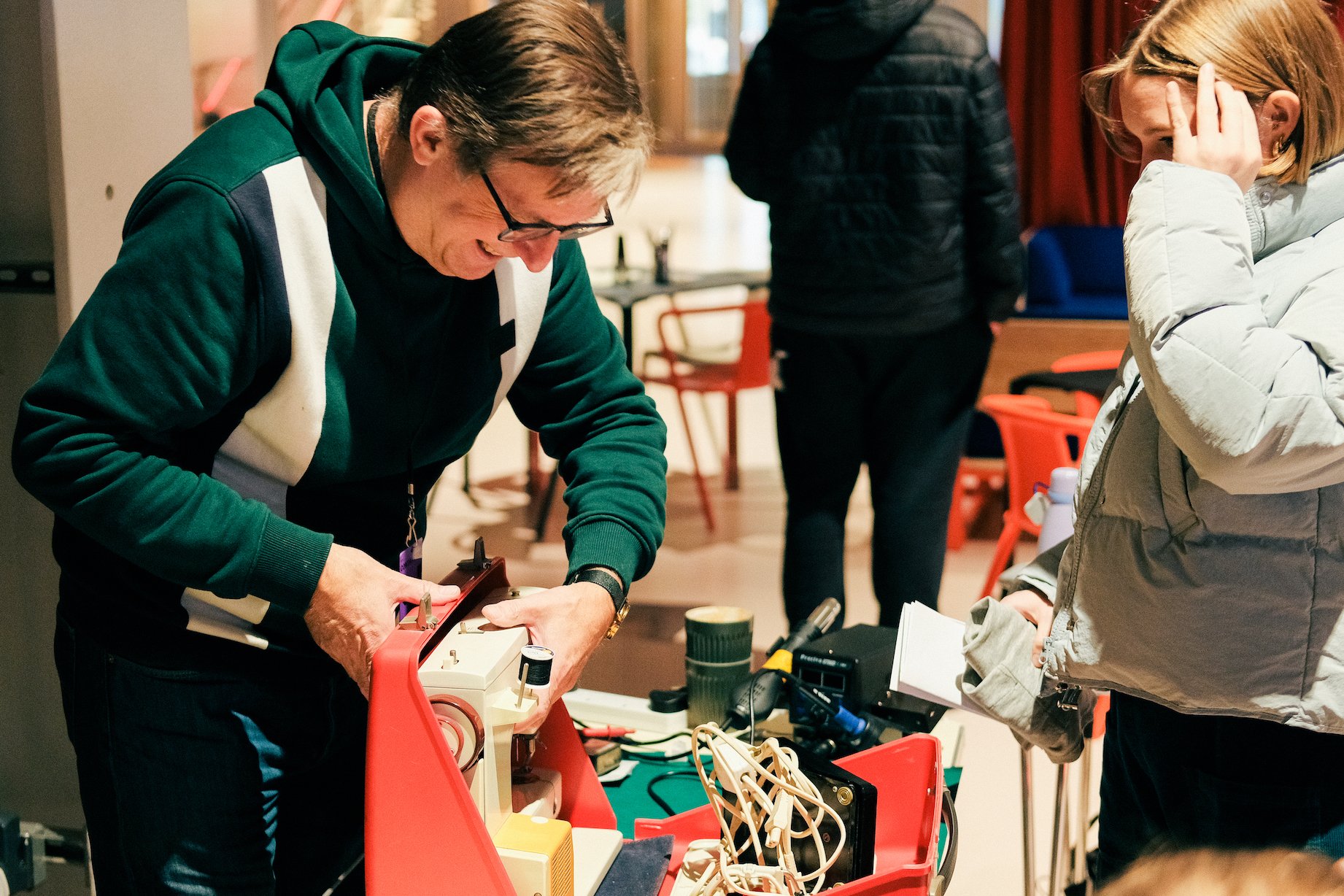What to do with your old stuff
We’re all likely to have a few items lying around that have lost their spark. The big question Is what do we do with these items when they’re past their best? Check out our tips about what you can do with your old stuff, whether it’s by repairing, recycling, or donating.
Is it broken? Time to repair it!
Just because something’s broken or not working like it used to, doesn’t always mean it’s time for the tip. Lots of our items, especially electronics, can be brought back to life fairly easily – if you know what you’re doing!
Thankfully for us there are lot of free repair café’s all over the UK, staffed by expert volunteers who are here to help breathe new life back into your belongings.
Check out the Repair Cafe website to see if there’s one near you.
Can’t be fixed? Time to recycle it!
We’re able to recycle a lot more than you might think, and there are lots of recycling points for “special” items, or things you can’t recycle at home, dotted all over.
How to recycle electronic goods:
Batteries: these are dangerous and can cause fires or leak toxic chemicals when in the bin, so make sure they end up in a battery collection point where valuable heavy metals can be extracted and recycled.
For small electronics: an item can be recycled if it (Recycle Now):
Has a plug
Has batteries
Needs charging
Has a waste icon with a wheelie bin crossed out
Don’t forget your wires and cables – these can contain copper, steel and aluminium.
Tesco, Superdrug, Morrisons, Currys, B&Q, Co-op, and Currys / PC World offer a free recycling service for small electronics (whether you bought them at the store or not!) for free – including disposable vapes!
If you can’t get to one of these shops - most councils don’t accept small electrical items in at home recycling, so the best next option is to head to a household recycling centre, or check if your local library or larger supermarket collects smaller electrical items.
Use your postcode to check your location for local recycling facilities (Recycle Now) and what to do with your items.
How to recycle homeware and furniture:
If you have a piece of furniture that is still usable, you could consider selling it, passing it on to someone else or donating it. Not all items of furniture can be re-sold by charity shops so it’s worth checking in advance.
Furniture at the end of its useful life can often be recycled, especially items made from wood and metal. Most furniture can be recycled at Recycling Centres - although some may charge for fitted furniture so it’s best to check before you go.
Some local authorities may also provide a collection service for bulky items such as furniture - check their website for details.
How to recycle bathroom products:
Currently only 50% of us recycle in the bathroom, and when we’re going through 120 billion units of beauty packaging a year, that’s a lot being missed!
One of the most important things for recycling beauty and bathroom packaging is that it should be clean and empty. Check out Hubbub’s tips here to get the most out of the product, and then the packaging.
What to do with clothes that are too worn to wear
Transform and upcycle into something new
Clothes with damage stains or holes might not be wearable as they are, but the rest of the fabric could still be used. It could be upcycled in a craft or sewing project, turned into cleaning cloths, used as padding or stuffing, and more! Check out these 50 crafty ideas for ways to use up bits of fabric.
Check out local textile & fabric recycling spots
Any clothing that isn’t good enough to be passed on can still be given a new life via clothing banks. You can find clothing and textile banks in supermarkets and local car parks. Visit Recycle Now to find one near you.
Ask your council about textile collections
Many local councils offer clothes and textiles collections, so it’s always worth checking this out on local council websites. These collections are free to use and easy and they will be put to good use.
Give to an animal shelter
Animal shelters often use old clothes, towels, and other old fabric and textiles for the animals they have in their care. They use them to clean, make beds and blankets, and help the shelter feel more like home for the animals. Consider bringing old sweaters and t-shirts to help a fluffy friend in need. Here are some more tips on what you can donate to an animal shelter.




